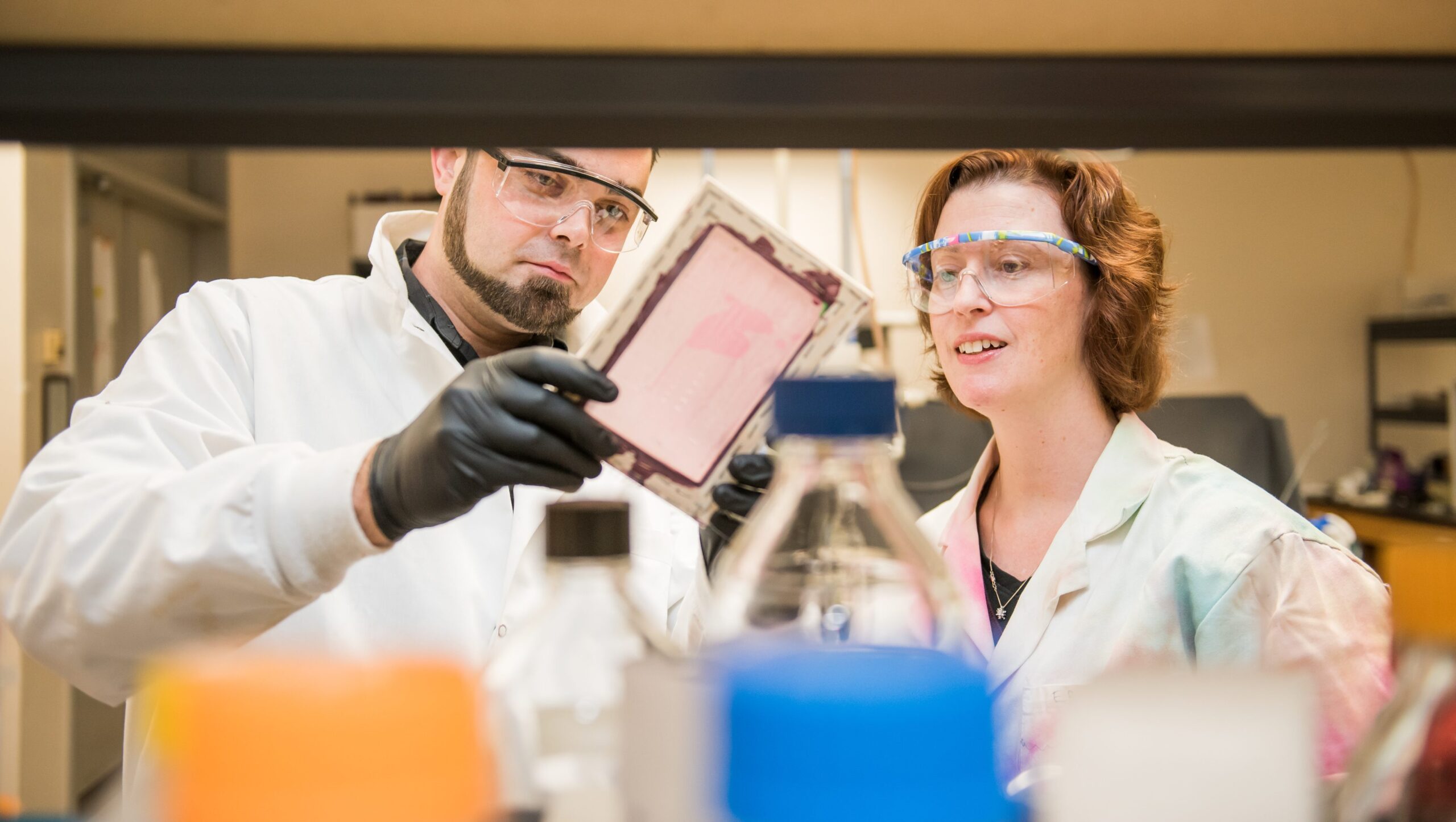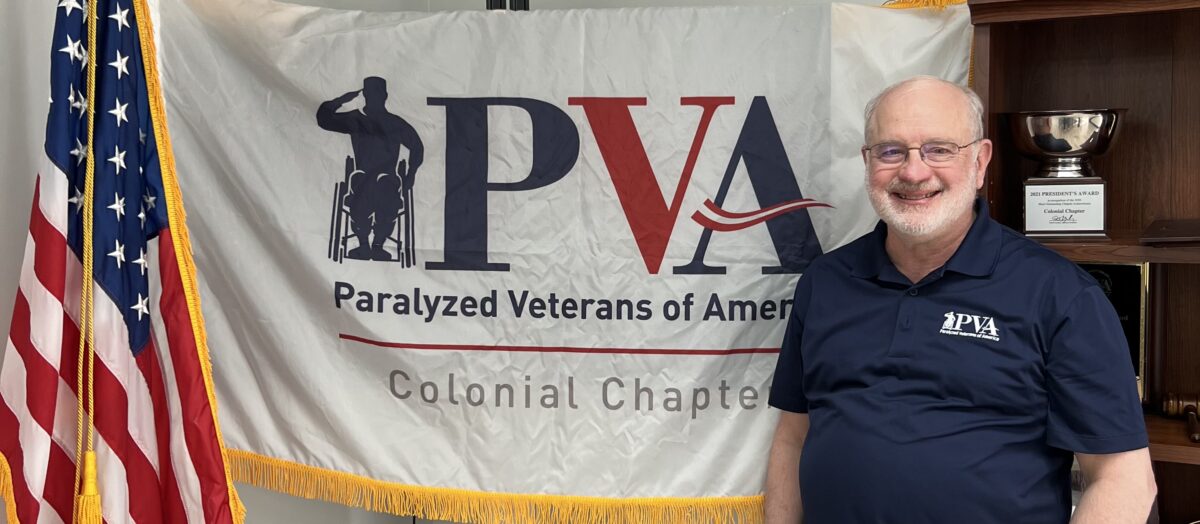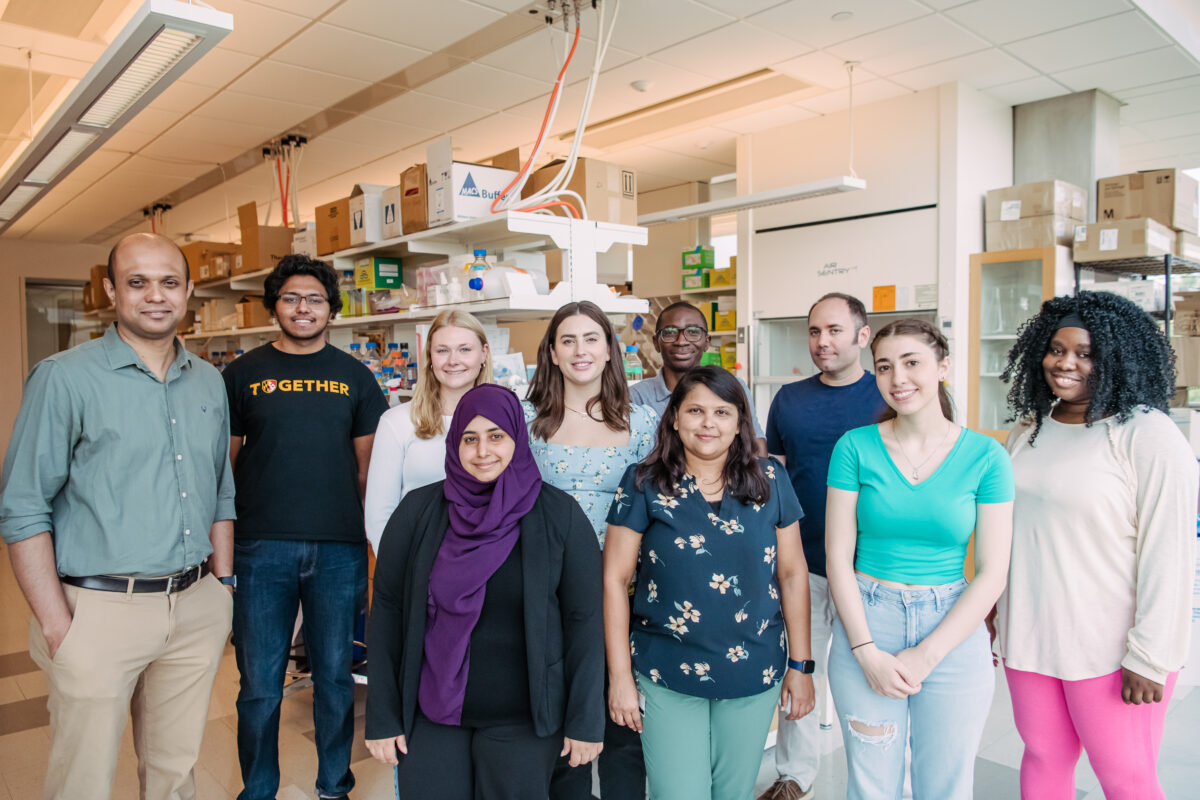UMBC is among nine U.S. research universities and a major cancer institute that just announced plans to give would-be life scientists clear, standardized data on graduate school admissions, education and training opportunities, and career prospects.
The presidents and chancellors of the founding institutions announced the Coalition for Next Generation Life Science on December 15 in Science. The initiative is a response to the focus of many new Ph.D.’s solely on a limited number of traditional faculty positions, and to the lack of good marketplace information on training and career options for talented life scientists.
“This important new initiative is critical to our students’ futures,” said UMBC President Freeman Hrabowski. “Transparency in the data is important for students and faculty to shape and improve our programs. We are delighted to be working with Johns Hopkins and other major research universities as champions for this initiative.”
The other institutions include Johns Hopkins University; Cornell University; Duke University; the Fred Hutchinson Cancer Research Center; the Massachusetts Institute of Technology; the University of California, San Francisco; the University of Michigan, Ann Arbor; the University of Pennsylvania; and the University of Wisconsin-Madison.
The article cited studies showing that only about 10 percent of U.S. biomedical scientists land tenure-track faculty positions at U.S. institutions within five years of their Ph.D. graduation. Among the constraints on the academic job market, the article said, are a nearly 20 percent decline in inflation-adjusted federal research funding from 2003 to 2016. That decline limits hiring by universities and other nonprofit research institutions that receive federal research support.
The coalition members will issue statistical reports beginning in February 2018 with information on admission to and enrollment in doctoral programs in the life sciences; the median time spent in graduate school before earning a doctorate and in postdoctoral fellowships after graduation; the demographics of graduate students and postdoctoral fellows; and the jobs held by an institution’s former graduate students and postdoctoral fellows.
The dearth of faculty positions in the life sciences is no secret, and many postdoctoral trainees are aware of the odds against them when they search for traditional university jobs, the Science article says. Students would be helped by knowing more about the range of options for trained life scientists, such as careers in industry, entrepreneurship, government, and science communication, write the authors.
“The majority of trainees will eventually choose to pursue those careers, but only after having made irreversible investments in what is often more than a decade in training for academic jobs that do not exist,” the presidents and chancellors wrote. “And at least some of this training activity may be unnecessary for their eventual career choices.”
Some relevant data are available now, but for a small number of institutions and in formats that do not allow for easy comparison. Comprehensive data in a form standardized across institutions should be a major help, the presidents and chancellors wrote.
“Open data will allow students and postdoctoral fellows to understand fully the range of likely outcomes of their eventual training and career choices,” they wrote. “It will help universities to better target their programs to actual career outcomes. … And it can help to hold universities and other research institutions to account for their success in training and placing graduate students.”
Each coalition member, the writers said, has also agreed to help graduate students and fellows better explore alternative career paths, improve mentoring, and work to improve diversity in the life sciences workforce. UMBC’s Graduate School has already taken action on this front by implementing recommendations from the Council of Graduate Schools report, Pathways Through Graduate School and Into Careers, with a focus on understanding the career pathways of UMBC Ph.D. alumni to provide better support and guidance to current students as they prepare for careers.
The presidents and chancellors said they chose to begin their transparency initiative with life science because of considerable national concern about the field. They added, however, that “the logic of our initiative extends to other scholarly disciplines.” The coalition’s work could extend in the future to graduate education and training in the natural and physical sciences, engineering, the social sciences and the humanities.
Read the original article in Science, “A new data effort to inform career choices in biomedicine” and related coverage in The Baltimore Sun, Inside Higher Ed, Wisconsin State Journal, Cornell Chronicle, and Science Daily. The institutions will publish data at the coalition’s website, which also contains more information about the initiative.
Image: Erin Lavik, professor of chemical, biochemical, and environmental engineering (right) and Adam Day ’16, chemical engineering, work in the lab. Photo by Marlayna Demond ’11 for UMBC.
Tags: GraduateSchool, Hrabowski




